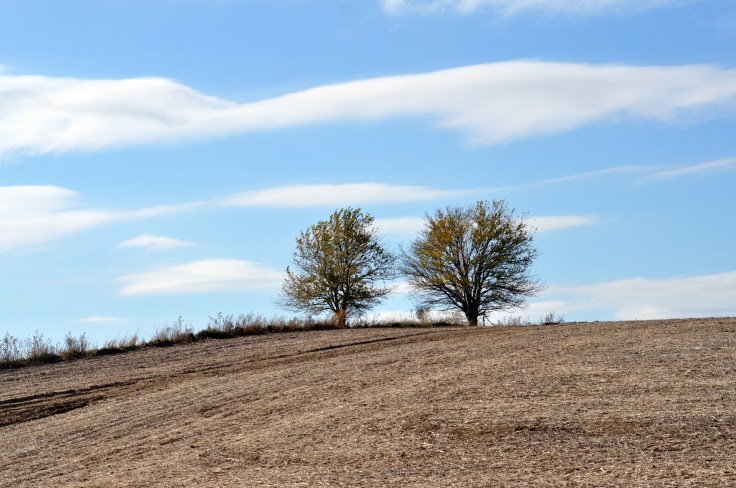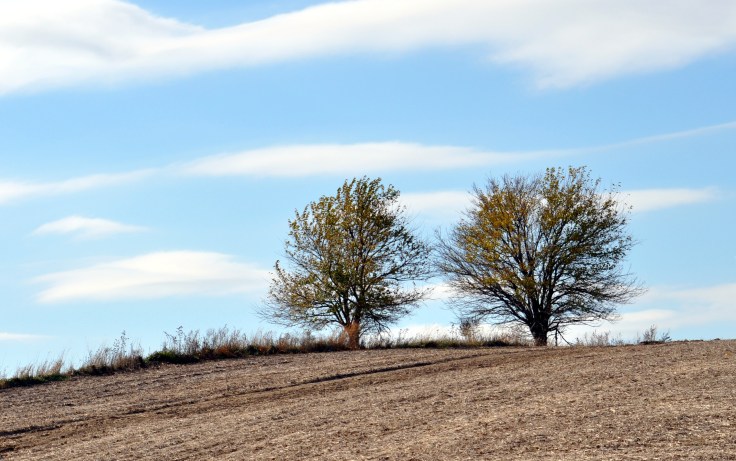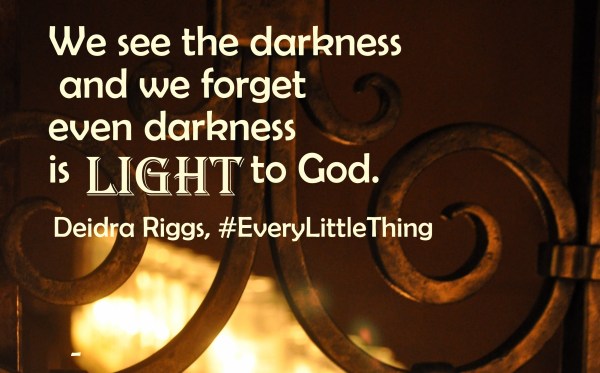This Independence Day, I listened to the Neil Diamond classic, “America,” a song that pays tribute to his grandmother who emigrated to the United States from Russia in the early 1900s, reflecting on my own heritage, family, and country. We performed this song as the choir finale during my 9th-grade year at Pound Junior High, dancing in the aisles, shining little flashlights (circa 1980.) I felt so proud of the United States of America and the light of freedom it provided.
… Far
We’ve been traveling far
Without a home
But not without a star
Free
Only want to be free
We huddle close
Hang on to a dream
They’re coming to America today!
On a recent country drive, I passed through Prague, Nebraska, the small town near where my mother was born. I made a quick stop to purchase some freshly made kolaches, a traditional Czech fruit-filled pastry.
I also drove up and down the streets, noticing particularly the intersection of Elba and Moravia. Many of the town residents can trace their family roots back to Czechoslovakia and the Bohemia and Moravia regions. I imagined those first Czech immigrants who came to Nebraska—the familiar names and food of their homeland must have given them comfort, even as they sought a fresh beginning in this new country. The famous Nebraskan author Willa Cather wrote, “If security could ever have a smell, it would be the fragrance of a warm kolache.”
As a fourth generation immigrant, I am grateful their heritage was kept alive. My great-grandfather, Frank Blazek, arrived at Ellis Island in 1906 on the Barbarosa ship, not knowing a single soul or a speck of English. He came with only his work ethic and the desire for freedom and a prosperous life. He never saw the parents and siblings he left behind again. His family became his wife, Carrie Pekarek, and their six children—Lod (my grandfather), Rosalie, Frances, Bessie, and twins, Louis and Lillian. If he only knew that his great- and great-great-grandchildren would become park rangers, counselors, graphic artists, law enforcement officers, attorneys, biologists, bankers, teachers and more—I imagine he would have been surprised.


We are mothers and fathers, town and city dwellers, Republican and Democrat, Catholic and Protestant, single, married, divorced and re-married, high school graduates and college-educated. Most of us have stayed in Nebraska, some have moved out of state, a few have studied and traveled abroad. Each of us, offspring from a blacksmith shop owner named Frank, who until his dying day spoke mostly Czech, with his wife being his connection to the English-speaking world.
Photos: Frank Blazek’s Blacksmith shop (and advertisement) Weston, Nebraska 1908-1931.
When I traveled to the Czech Republic, I was shocked how the Czech traditions I had grown up with were not as apparent as I expected, sabotaged of their significance by World War II and the takeover by communists.

All the more important, I realized, it is to preserve our heritage or it will die—a little more with each person who passes from this world. My dad, Tom Blazek, played his part by writing the book, My Valparaiso I and II, capturing the history of his hometown, Valparaiso, Nebraska, and the many families who lived there.

Connecting to our heritage does not mean that we are stuck in the past; rather, it allows us to embrace where we came from as well as being open to new beginnings. My cousin, Mike, demonstrates this poignantly. Recently, he purchased my grandma’s old house, the house she bought after my grandfather, Lod, passed away. This tiny house packed three generations (my grandma, her five sons, their wives and seven cousins) in to celebrate every holiday.
Photos: My grandma, Helen Blazek and the seven grandchildren that celebrated every Christmas in the tiny house. Circa 1974.
Mike tore the house down to its frame and rebuilt it piece by piece with his own hands—new walls, floors, ceilings, windows, everything. Mike and I reflected that it feels a little smaller to us now, but it never felt small or crowded to us then. We had family and traditions and that was plenty.
The before photos: Mike Blazek, my cousin, tears grandma’s house down to the frame to rebuild.
I love how Mike has honored our grandmother and the family she nurtured, while also creating a new beginning for himself (just as she had done.) Sometimes we must tear things down to the foundation to begin again. He preserved the old and created the new; we need both.
The After Photos: Mike’s house after working on it for over a year.
“As we grow older we have more and more people to remember, people who have died before us. It is very important to remember those who have loved us and those we have loved. Remembering them means letting their spirits inspire us in our daily lives. They can become part of our spiritual communities and gently help us as we make decisions on our journeys… Remembering the dead is choosing their ongoing companionship.” –Henri J. M. Nouwen, Bread for the Journey
Photos: Frank Blazek, my great-grandfather, was called “Doda” by all the grandchildren.
In the spirit of remembering, my dad has gathered many memories, photos and artifacts into a family history. As I read the correspondence of postcards across the sea from father to son, sister to brother, I consider the immigration crisis my country, and many countries around the world, face today.
Postcard on left: My beloved brother! Another year has passed, your dear name day, your whole family wishes you what is best for every person, mostly health in your family circle. I have been able to live to this day. Wishes your sister, Marie Kytokova 10/10/62 Breelev Other postcards sent from the home country through the years.
My dad writes, “Now…everyone is protesting immigrants coming to America. We must remember we wouldn’t be here if our grandpa wasn’t one of those immigrants. (We) are lucky; we were born in America thanks to Frank Blazek. No one can tell us to go back where we came from like immigrants are told now.”
My prayer for this Independence Day and for the tumultuous political environment we are in:
May we remember the courage it took for our ancestors and forefathers to seek freedom.
May we be compassionate to all those seeking freedom and safety today.
May we be the light—in our lives and in this country—a shining star for all.
May we recognize when we need a new beginning, a fresh start.
May we not cling to the past, but preserve it gently in our memory, keeping the richness of our heritage alive.
On the boats and on the planes
They’re coming to America
Never looking back again
They’re coming to America
Home, don’t it seem so far away
Oh, we’re traveling light today
In the eye of the storm
In the eye of the storm
Home, to a new and a shiny place
Make our bed, and we’ll say our grace
Freedom’s light burning warm
Freedom’s light burning warm
Everywhere around the world
They’re coming to America
Every time that flag’s unfurled
They’re coming to America
Got a dream to take them there
They’re coming to America
#KnowYourNeighbor
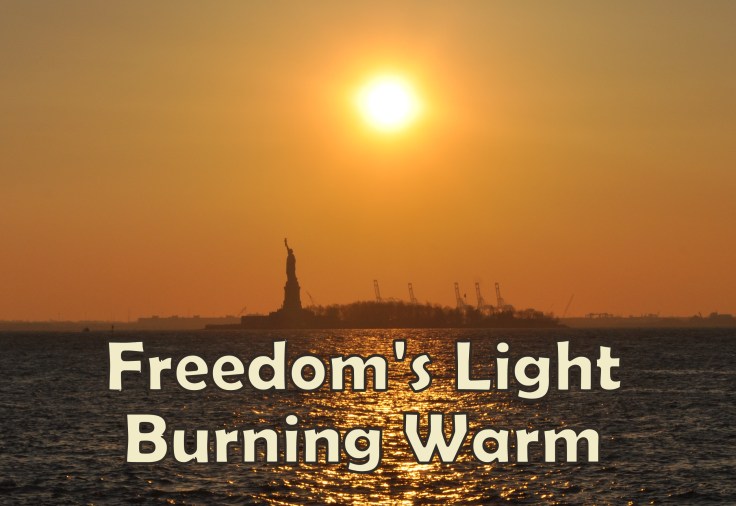
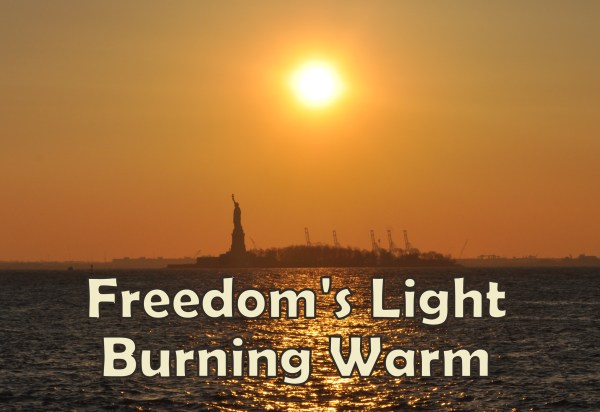



























 when the I-dos are exchanged. A marriage is constantly being re-created; it is always in
when the I-dos are exchanged. A marriage is constantly being re-created; it is always in





 It’s taken me back to my youth as well. Ever since I witnessed Poloraids mysteriously develop in front of my eyes or when I managed to squeak out 25 exposures from 24-exposure Kodak Instamatic film (at a John Denver Concert), I’ve enjoyed the thrill of capturing moments through photos.
It’s taken me back to my youth as well. Ever since I witnessed Poloraids mysteriously develop in front of my eyes or when I managed to squeak out 25 exposures from 24-exposure Kodak Instamatic film (at a John Denver Concert), I’ve enjoyed the thrill of capturing moments through photos.



 “Follow the star” was the only direction given to the Magi seeking the Christ-child over 2000 years ago. They didn’t have a road map and they certainly didn’t have GPS. But sometimes that’s all you need—just a general idea of where you are headed, especially when you are aware of being guided by something Greater. They watched and listened and followed the Light… and they found Jesus. When they were headed back home, the Magi were instructed to return by another route. They learned new information that could help them on their return journey.
“Follow the star” was the only direction given to the Magi seeking the Christ-child over 2000 years ago. They didn’t have a road map and they certainly didn’t have GPS. But sometimes that’s all you need—just a general idea of where you are headed, especially when you are aware of being guided by something Greater. They watched and listened and followed the Light… and they found Jesus. When they were headed back home, the Magi were instructed to return by another route. They learned new information that could help them on their return journey.

 Initially, the drive was a means to an end, an hour and a half that I endured to get to my spiritual oasis. For most of thirteen years, I’ve taken the most direct route via paved highway. Occasionally, I took a different route or explored shortcuts, attempting to shave minutes off the drive.
Initially, the drive was a means to an end, an hour and a half that I endured to get to my spiritual oasis. For most of thirteen years, I’ve taken the most direct route via paved highway. Occasionally, I took a different route or explored shortcuts, attempting to shave minutes off the drive. I wanted to capture the beauty of the land that is so seldom seen—not just in numbers of people (although that can be an issue in Nebraska), but I mean really seen—appreciated, cherished, shared. Now I take a camera with me every time I travel country roads. I pull my car to the side of the road and photograph animals, sheds, flowers, old buildings, roads, fields, clouds, gravestones on a hill. I take pictures of cows that make eye contact with me (and they always do). I photograph barns that are bright red, barns with peeling paint, barns that have collapsed.
I wanted to capture the beauty of the land that is so seldom seen—not just in numbers of people (although that can be an issue in Nebraska), but I mean really seen—appreciated, cherished, shared. Now I take a camera with me every time I travel country roads. I pull my car to the side of the road and photograph animals, sheds, flowers, old buildings, roads, fields, clouds, gravestones on a hill. I take pictures of cows that make eye contact with me (and they always do). I photograph barns that are bright red, barns with peeling paint, barns that have collapsed.


